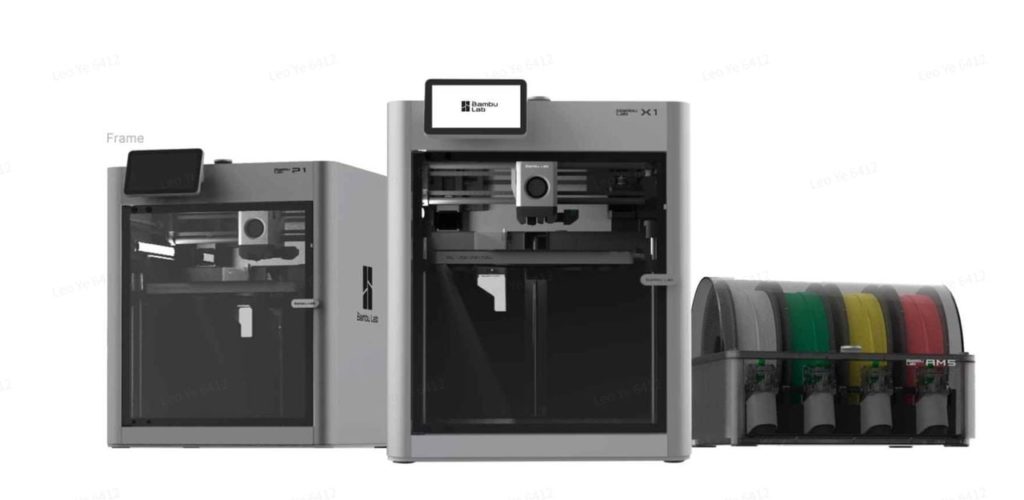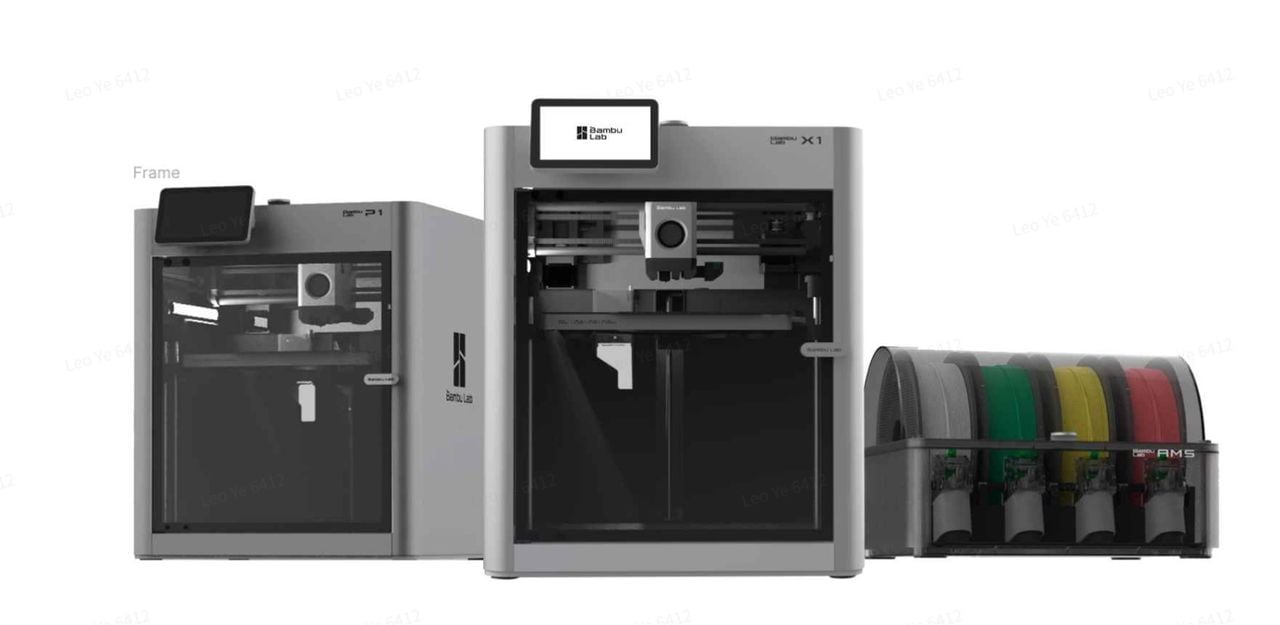
Something crazy happened to the Bambu Lab community, and it’s causing a controversy.
What happened?
It seems that on the early hours of August 15th, a number of Bambu Lab 3D printers around the world began printing, even though the operators had not requested these print jobs.
The jobs seemed to be a repeat of the last job on the specific devices. In some cases, a second copy was successfully completed. However, in other cases the prior job hadn’t yet been cleaned off the plate and the printer “printed on top of” the prior job. This obviously caused print failures, and even damage as the toolhead would smash into the prior print. It’s even believed that some devices were permanently damaged as a result of the incident.
Apparently the cause was due to use of Bambu Lab’s cloud management system in which jobs are prepared in the cloud and then dispatched to the specific printer involved. Evidently one of the cloud servers failed, and when it restarted it still believed it had to dispatch several jobs because the server in that state had not received confirmation of job completion. This created the “double printing” problem, which Bambu Lab calls “Job Jamming”.
Clearly this is a Bambu Lab software issue, and they accepted responsibility in a very appropriate post. They wrote:
“We wish to extend our sincerest apologies for this incident. We understand the frustration and inconvenience it may have caused, and we accept full responsibility. It is difficult to have a cloud service 100% reliable all the time, but we should at least have designed the system more carefully to avoid such embarrassing consequences.
Our R&D and Cloud Networking teams are working tirelessly to identify the root cause and ensure that this never happens again. We are planning to implement changes, such as additional verifications before a print is started, to prevent future issues.
We are committed to further developing LAN Mode for our printers, which is a way that customers can use to send prints remotely to the printer if such Cloud Outage occurs.”
What to make of all this?
There are a number of takes on this incident, most of which decry the use of cloud systems because they implicitly have control over one’s assets. Mistakes can be made, as was the case here, with disastrous results.
That’s a true fact with any cloud system: by definition you are providing some capabilities to a cloud provider in exchange for some functional or financial benefit. It’s just that most cloud systems don’t control a physical device on the client’s premises.
In this scenario, Bambu Lab provides a cloud-based experience to simplify the operation of the device, and in particular make it easy to operate and monitor remotely. While this can be done with open source tools, such as Octoprint, setting them up properly is beyond the skills and time of many users. That’s the market that Bambu Lab is addressing with their system.
To their credit, Bambu Lab has not only taken responsibility for the incident and intends on fixing the issue for the future, but also provides ways to disable the cloud connectivity for those with concerns. They have a LAN mode where communications stay onsite, and even a way to print with local SD cards for total machine disconnection from the Internet.
The bottom line here is that one must make a choice to balance between functionality, control, cost and complexity. That balance is certainly different for each individual and company, and that’s why we have many different options for 3D printing.
Via The Verge

